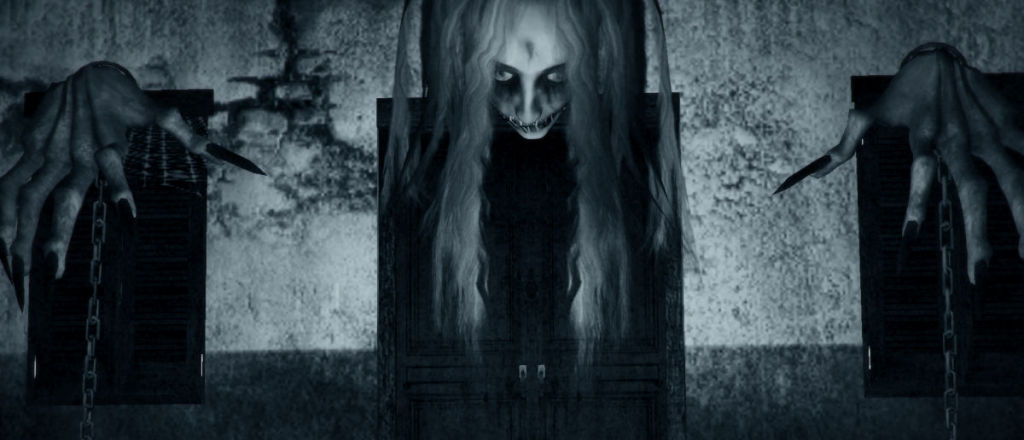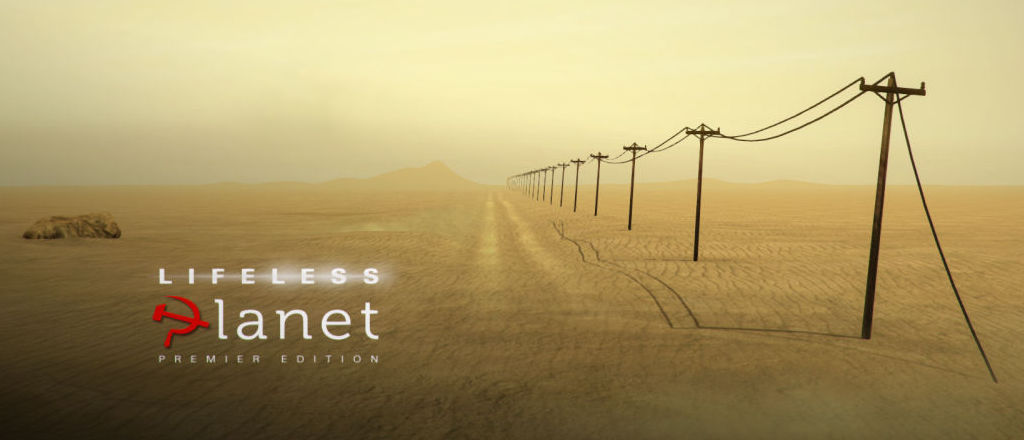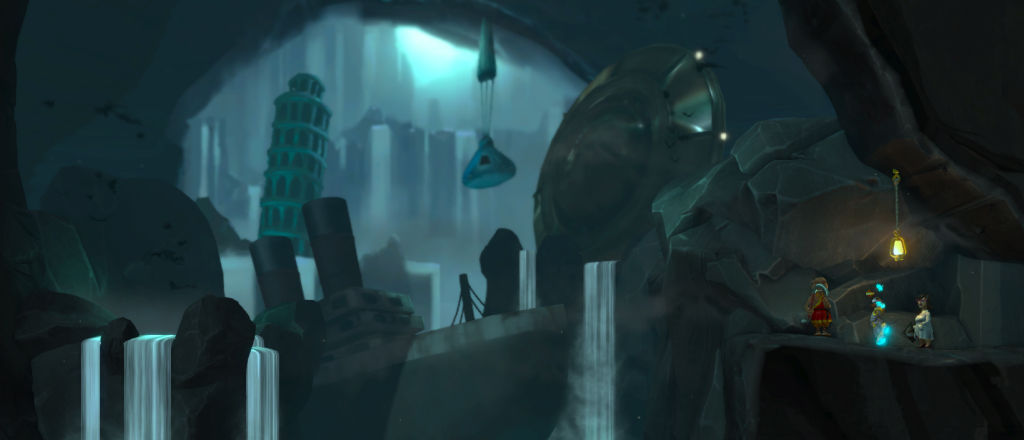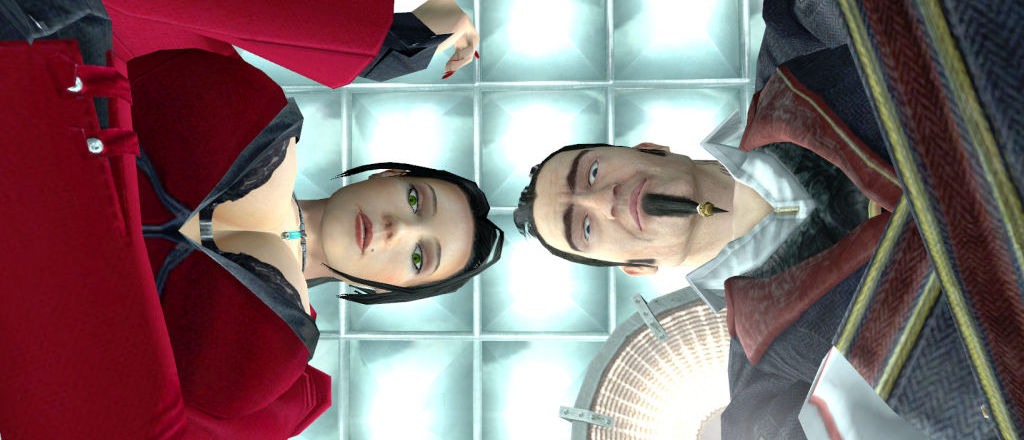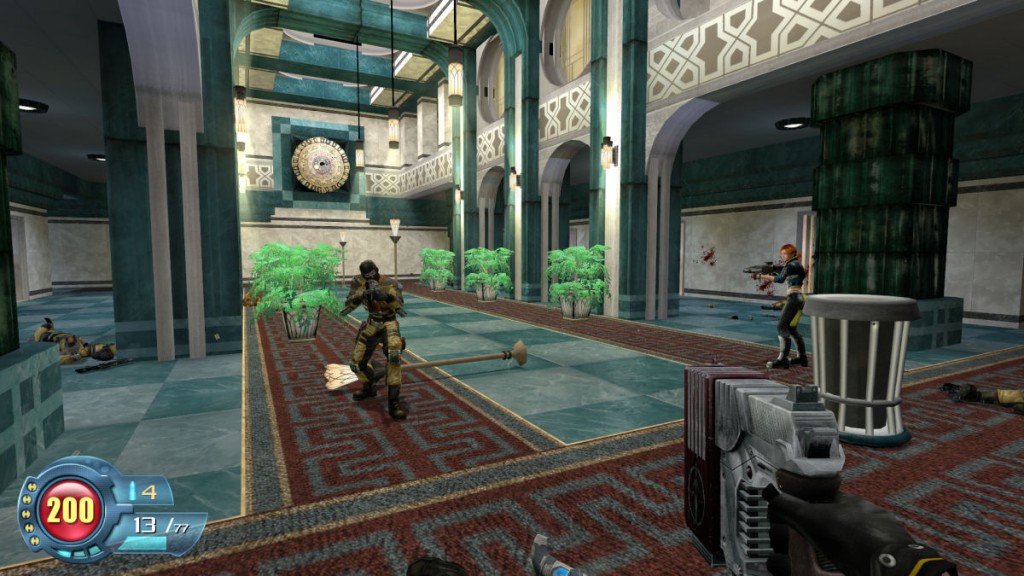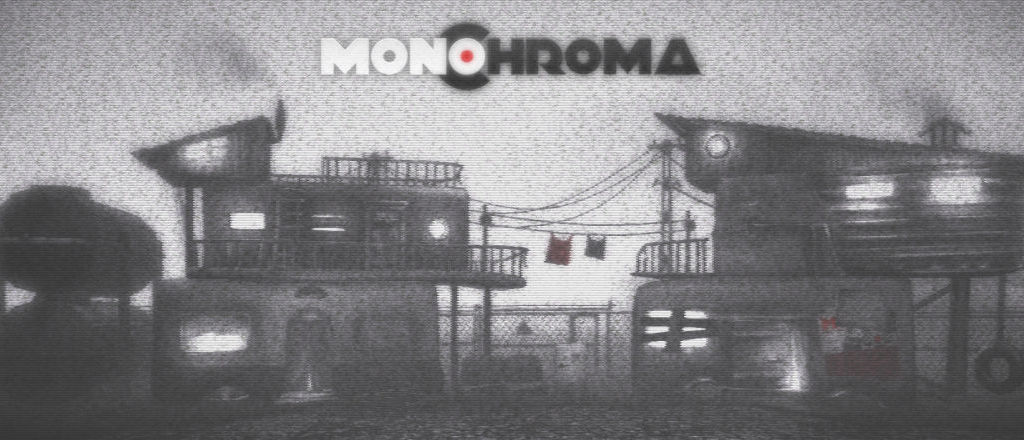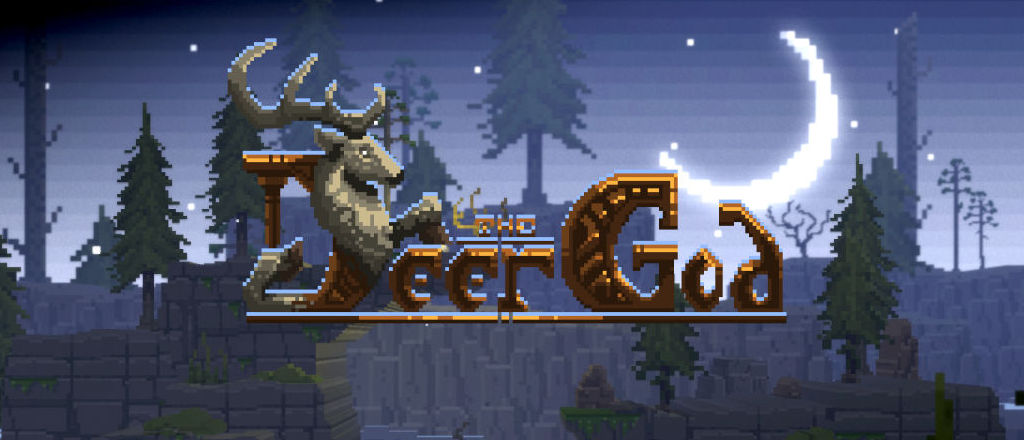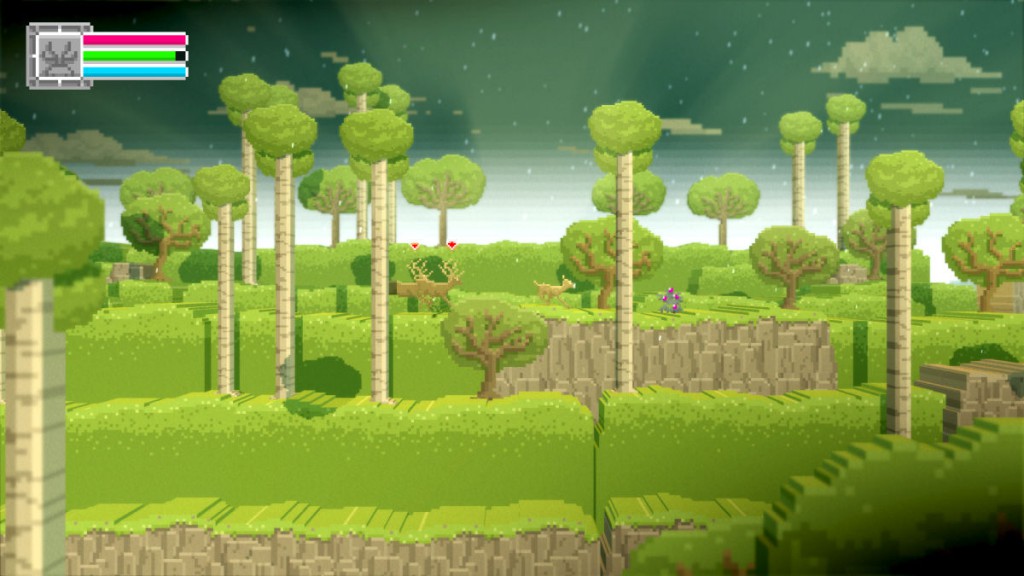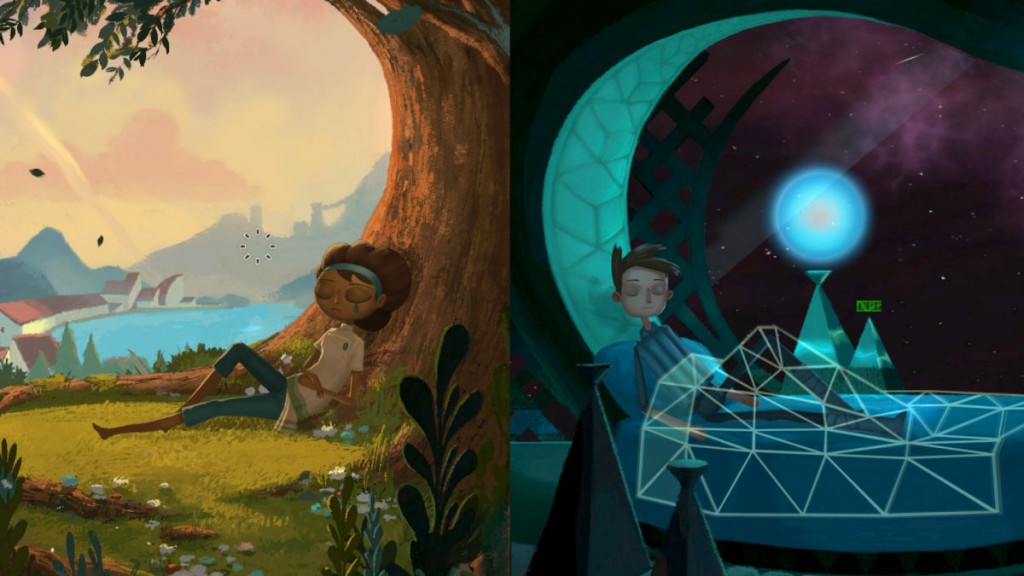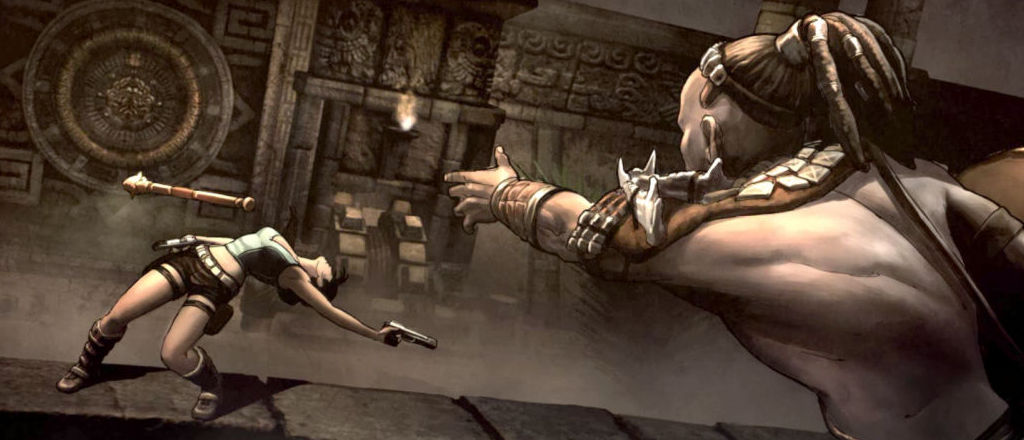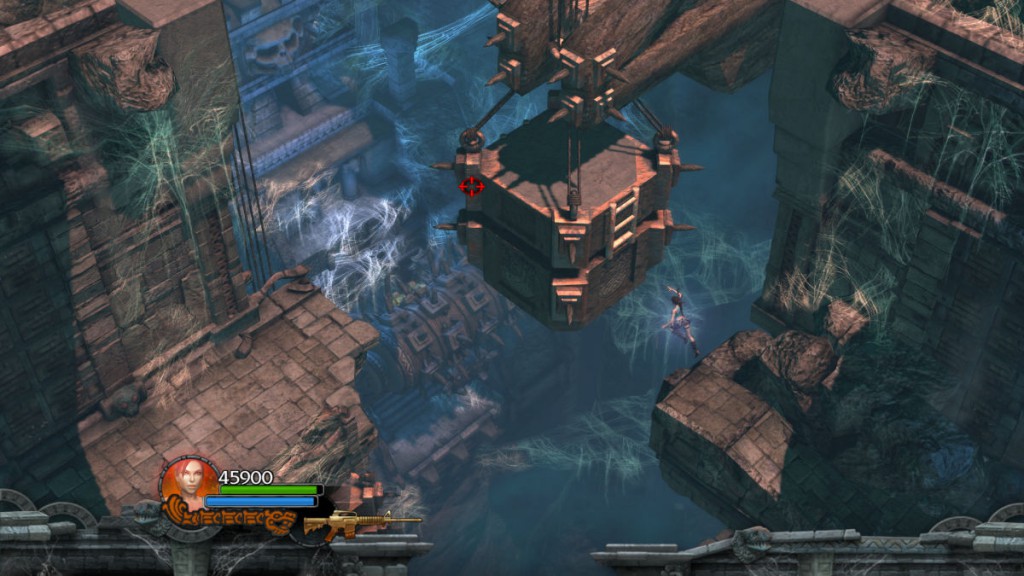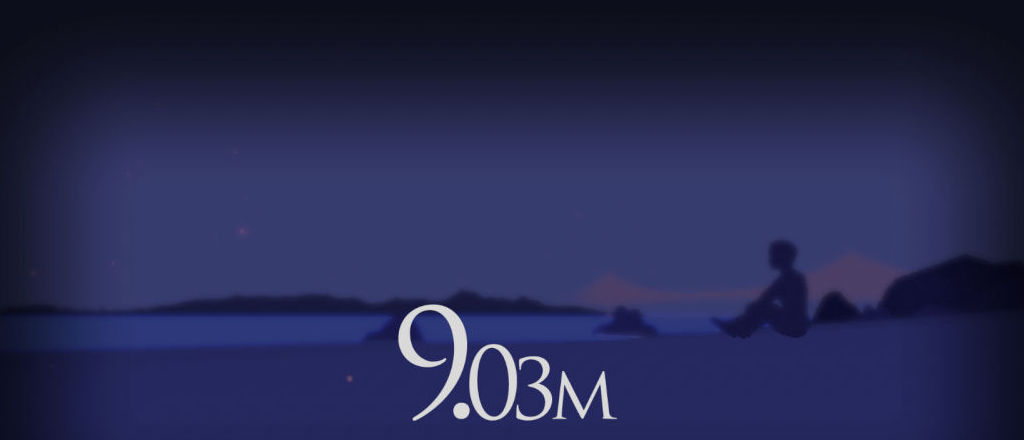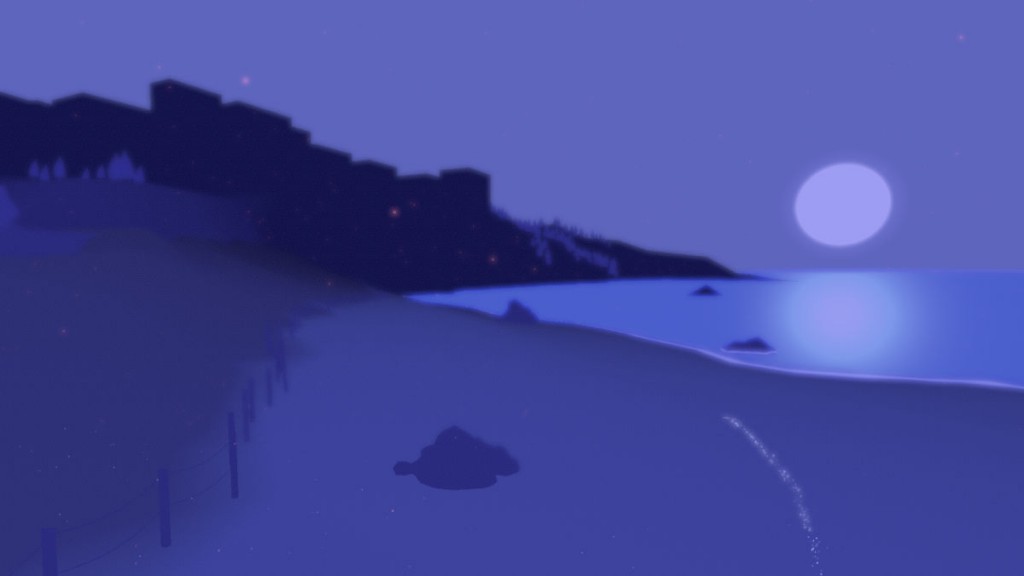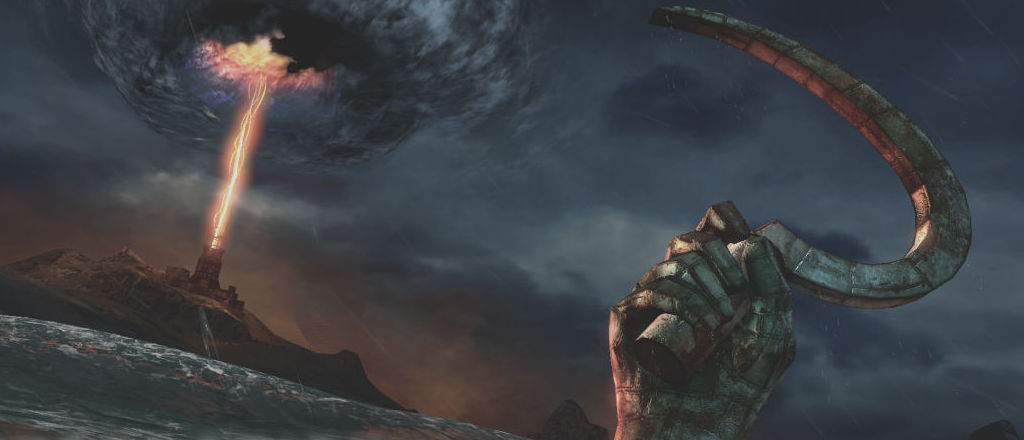Developer: Digital Happiness | Released: 2014 | Genre: 3PS, Horror
It was really a shame coming from such a nice surprise as Lifeless Planet to this frustrating mess of bad design. If I could have gone back in time and told my older self what not to play, this would definitely have been one of them. DreadOut was a horror adventure that borrowed a lot from Silent Hill – even the dark style of the inventory, with big images of inventory items. The saddest thing is that the horror atmosphere was actually quite well done. Although cliche of course, it had just the right amount of disturbing dread and jump scares, supported by a marvelous ambient background sound.
The heroine, a teenager on a trip with her teacher and school mates in a car, used a smartphone camera and its flash to scare ghosts and monsters. A red vignette on the screen indicated that a spiritual being was close (sometimes invisible so the camera had to be held up to see it) and a blue vignette that an item or interaction was nearby. Being pummeled could lead to death, and this was shown as a limbo sequence running towards the light. To make matters even worse, some monsters were “camera bullet sponges” and had to be continuously snapshot. In between there were also mild puzzles and keys to find.


